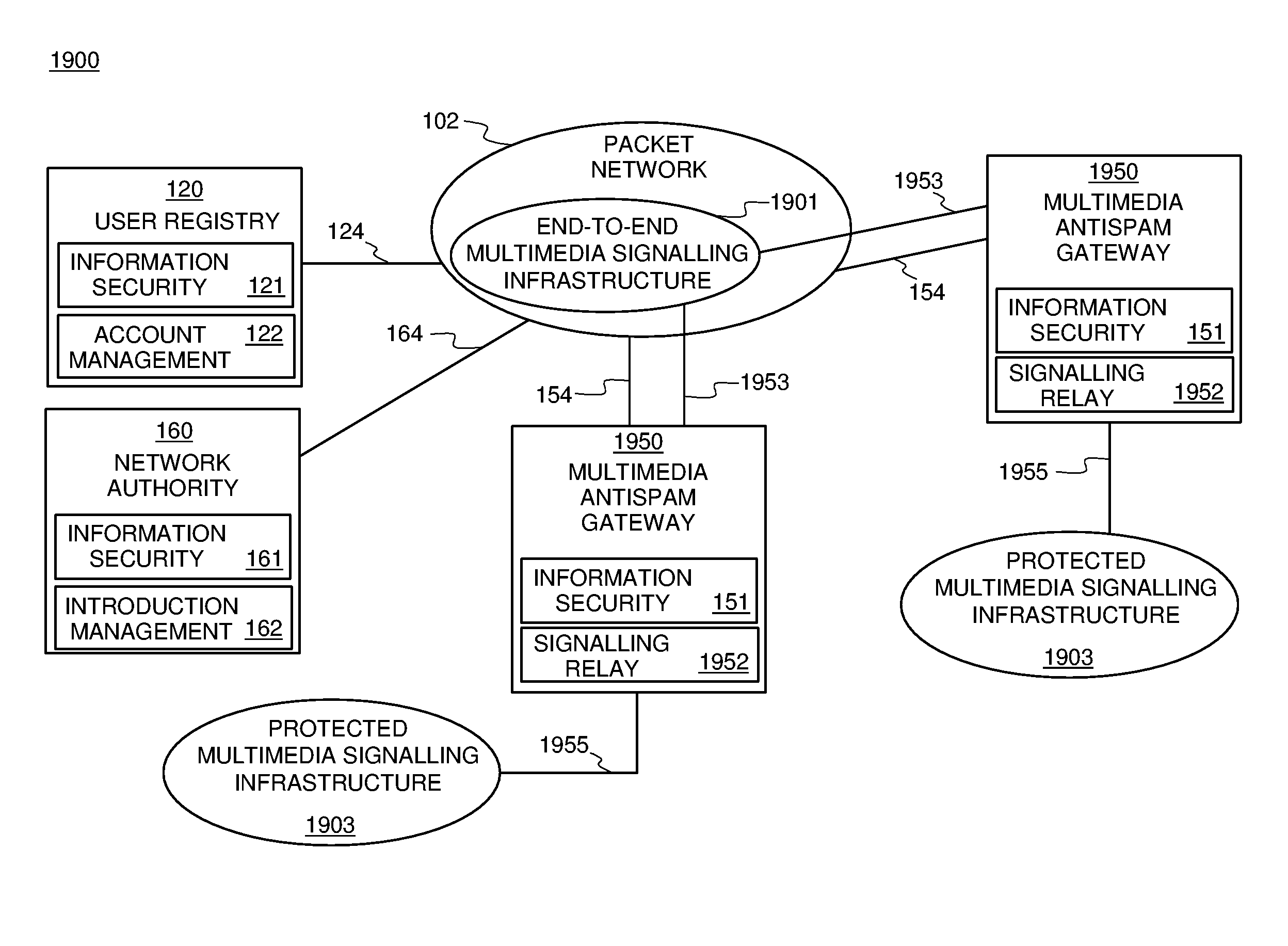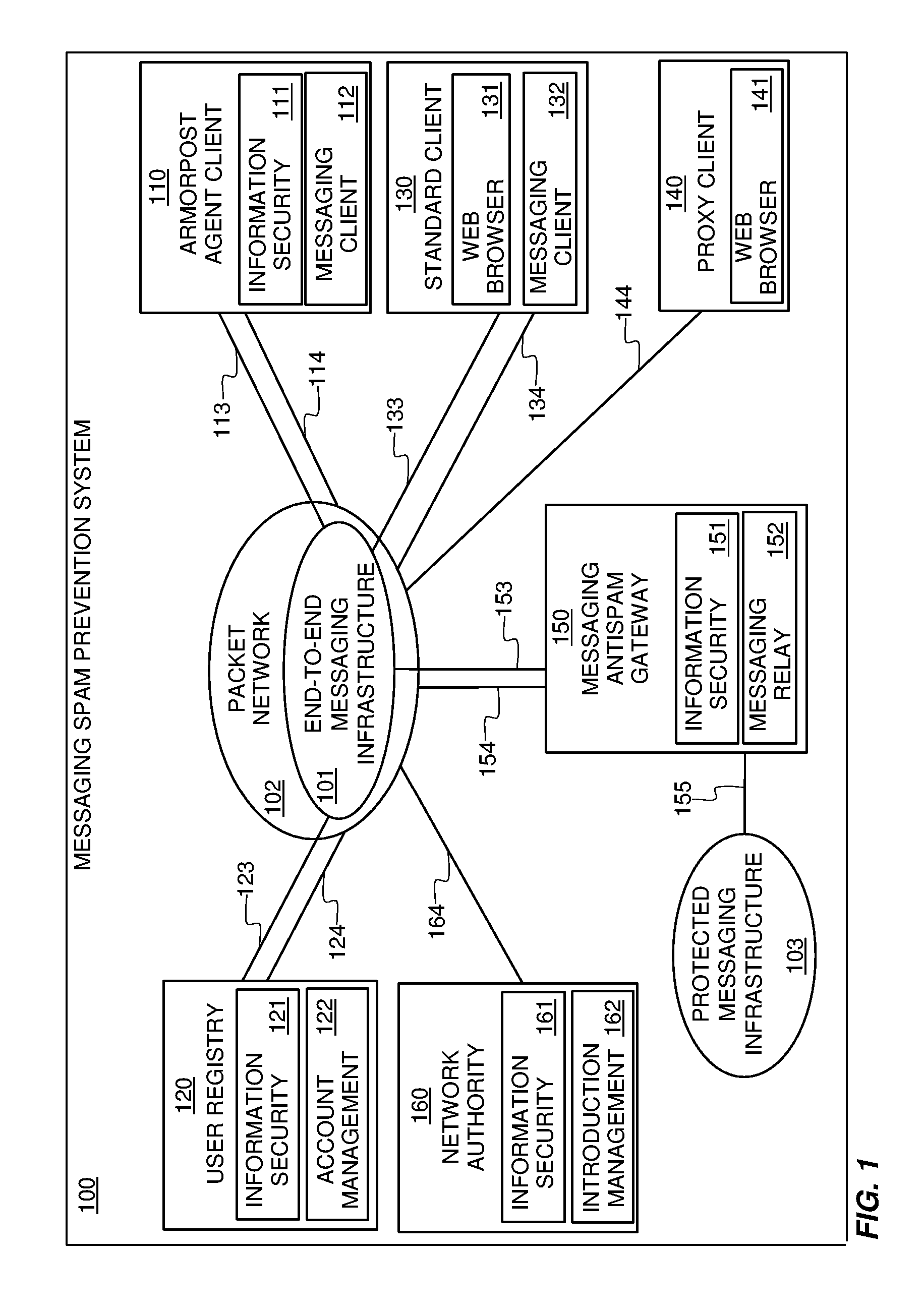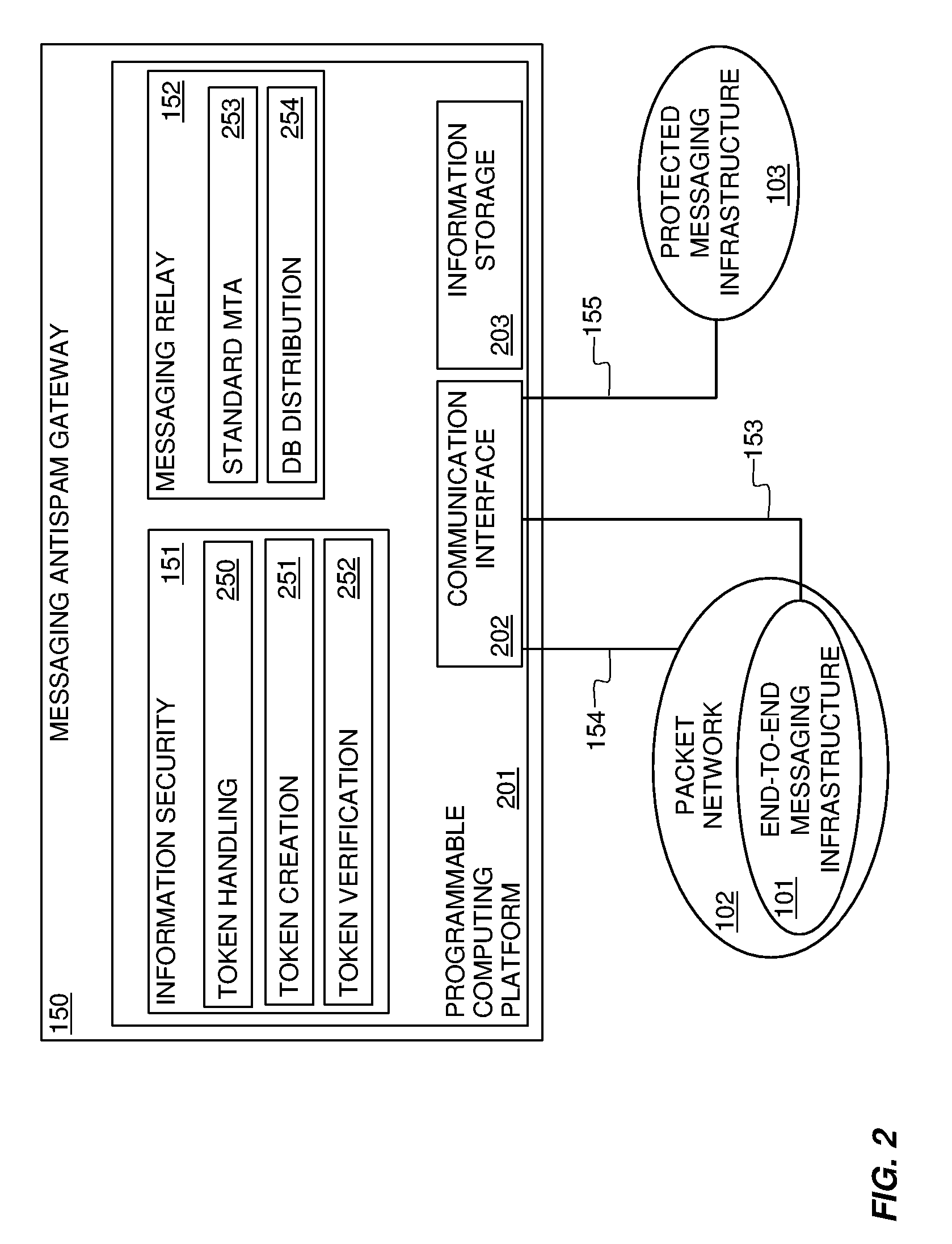It has become a costly, annoying, often offensive, and occasionally destructive common
hazard in most users' experience with
electronic messaging (email).
Similarly, most people with a telephone have experienced unwanted and unsolicited calls from telemarketers, and most people with a residential address receive junk mail, both of which may properly be considered a kind of spam as well.
Spam is often sent in large quantities to random recipients by less-than-reputable organizations or individuals, but even ordinary products advertised with low-volume and inoffensive communications can be unsolicited and unwanted, and therefore be classified as spam.
Messaging spam currently consumes network capacity in an amount roughly equal to the intended traffic.
Thus even the best filters, including the highly-regarded Bayesian analysis technique found in Spam Assassin and similar programs, can never be 100% effective.
Further, while lexical scanners and other filters can, to some degree, prevent users from receiving spam, they cannot prevent the messages from being sent in the first place.
However, these tend to depend on vigilance by large numbers of network administrators, and can easily be circumvented by intentional non-conformers.
As well, the practice of
forging headers mentioned above contributes further to the difficulty in this problem.
Thus the cost of messaging spam is actually borne more by those users who don't want it than by the spammers and their customers.
Only by raising the cost or reducing the response rate can the messaging spammer's business model be rendered unworkable.
These proposals do appear to shift costs to senders in a way that would destroy the spammer's
business case.
However, they also rely upon significant infrastructure changes within the messaging network in order to operate, and require senders to take steps that benefit recipients with no corresponding
advantage to themselves.
Each of these is essentially a non-cryptographic means of
user authentication, and in such systems forgery is both trivial to accomplish and hard to detect.
However, no mail
server attempts to verify the signature because the
encryption involved uses keys that are available only to the end users participating in the message.
Though invalid messages can be ignored by recipients using this technique, forged signatures can be used for
server passage, so
traffic reduction is not achieved.
However, most email users do not regard
encryption as a significant need, so the likelihood that most recipients can depend upon most legitimate senders to use this system is low.
However, that system relies upon self-published, and therefore potentially self-signed,
encryption certificates stored in openly accessible
Domain Name System (DNS) servers.
However, they have the
side effect of making somewhat difficult, and thereby potentially preventing entirely, behaviors upon which certain legitimate users depend.
Such an extreme dependence on universal deployment can lead to significant delays in activation of the benefits.
Similar issues arise for
multimedia spam as arise for messaging spam.
In VoIP technologies, which support not just voice calls but generalize to sessions supporting any combination of streaming media, this approach will be mostly ineffective due to the different economics associated with traditional
telephony compared with those of VoIP.
Specifically, circuit-oriented technologies and traditional tariffing practices create call pricing that makes international telemarketing generally expensive; domestic telemarketing is not inexpensive, either.
Since domestic regulations generally do not extend internationally, and calling costs are mostly the same for VoIP-based telemarketing regardless of origin, unwanted calls will rise in frequency to and beyond the levels which prompted “Do Not Call” regulations.
Worse, the ease of originating VoIP-based calls using ordinary computers may lead to many of the same sorts of annoyances and hazards in this medium as are seen in
electronic messaging.
Content filtering techniques that are used to analyze text-based messages generally are not applicable to VoIP-based audio or video streams.
Real-time streaming
media content analysis technologies may or may not mature sufficiently for widespread use.
However, as has been seen in the messaging anti-spam arena,
content filtering does not solve the problem anyway.
Multiple levels of service can be offered for heavy and light users, but the system would simply not offer a service level that permits a user to send the number of messages required by successful spammers, or to place more outgoing calls than a human can reasonably make.
In general, both classes of
attack are difficult to defend.
A DDoS of sufficient scope can consume a
server's network access bandwidth entirely without the server itself being able to do anything, simply due to the architecture of networks: the bandwidth consumption occurs on a resource that is physically encountered by the packets before the target server is involved.
Overprovisioning is simple, but usually not inexpensive, and merely moves the problem to a higher resource
plateau; the defender ends up paying more for larger attacks and not gaining any value from the extra resource that isn't needed for the service.
However, fundamentally this is simply another form of overprovisioning so the costs must be considered carefully.
In both cases, however, determining application-layer validity of a particular packet or
stream of packets can generally only be performed with 100% accuracy by the
application layer itself, due to state and
algorithm / semantic dependencies.
As with spam filters, ever finer definitions of “correct” do not prevent unwanted packets; they merely change the specifics of the attacker's requirements, thus precipitating an escalating interchange of capabilities development (also called an “arms race”).
These defenses also struggle to distinguish random traffic, which may or may not be valid, from traffic that can be predicted because it is explicitly authorized.
However, in general a service will actually experience both random traffic and routine traffic, such as correspondence with known associates or web-based process signalling among known business partners.
Attempts to distinguish these categories of traffic run into the problem of identity spoofing by attackers, which cannot be prevented without a
strong authentication technique such as one based upon
Public Key Cryptography.
This technique can be quite effective, but it suffers
high complexity due to the need for exchange of encryption keys among the participants.
To accomplish this step with more than a few correspondents is challenging; to establish arbitrary new relationships quickly is beyond the capabilities of prior art systems.
Further, since a server handling both random and routine traffic is by definition exposed to the random traffic,
attack traffic may overwhelm server resources and still block VPN traffic despite its known, expected, and authorized nature.
Because of the
prevalence of spam in email, it is for all practical purposes impossible for legitimate businesses to use email as a medium for legitimate advertising.
Many existing systems based on opt-in are generally untrusted in the user
community because their operators share the permission with one another in an unconstrained fashion.
These secondary messages are considered spam, the credibility of the primary organization is damaged, and the user no longer opts in anywhere.
It is the sharing of email addresses among these advertisers that creates the problem.
While they are required not to send advertising messages to those listed, it is likely that unscrupulous organizations will violate this restriction routinely.
Because of the difficulties identified above with direct email marketing, such advertising is inherently poorly targetted.
No mechanism exists for advertisers to offer future information to users, who may or may not search again, and who may or may not provide an address.
Users who prefer not to provide an address cannot be reached with existing systems.
Thus, advertisers would be unable to share addresses and convert a legitimate opt-in into spam.
 Login to View More
Login to View More  Login to View More
Login to View More 


